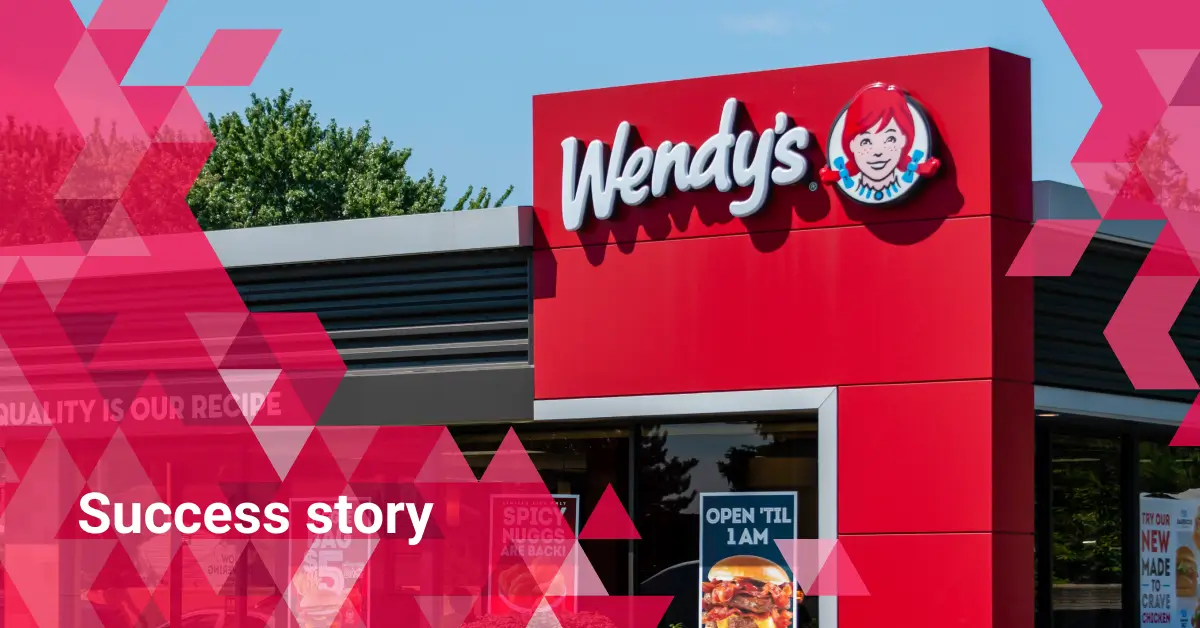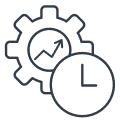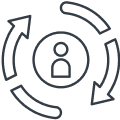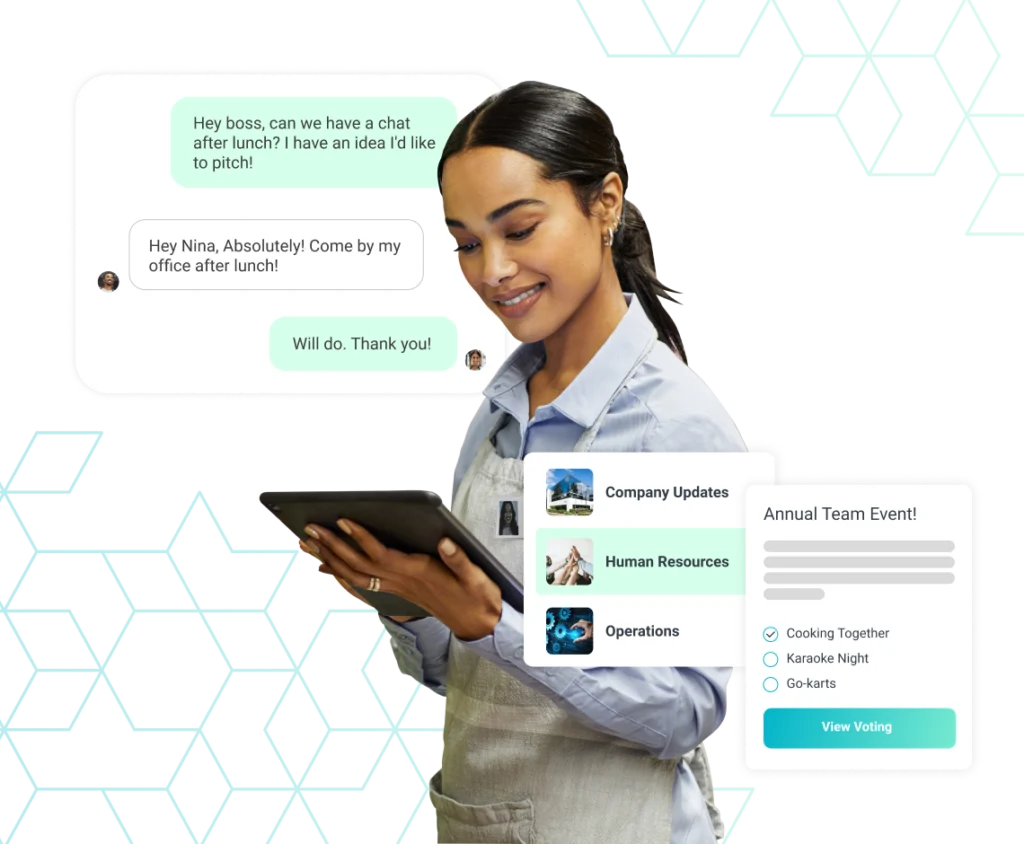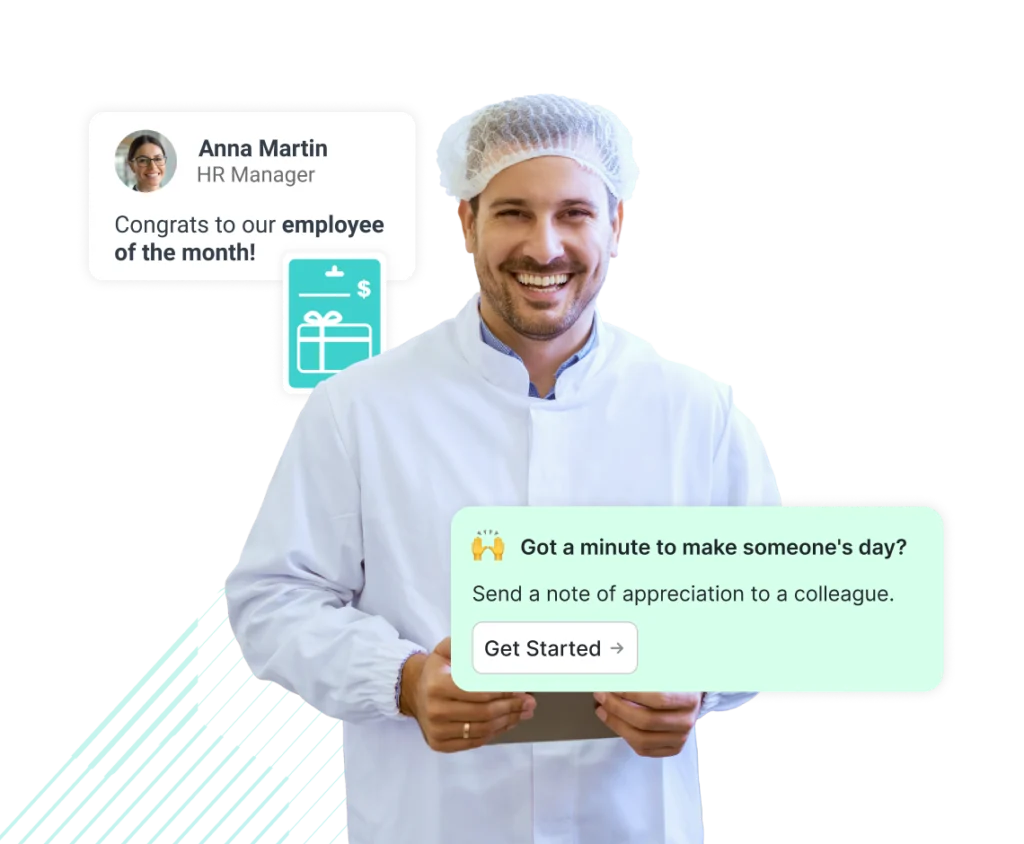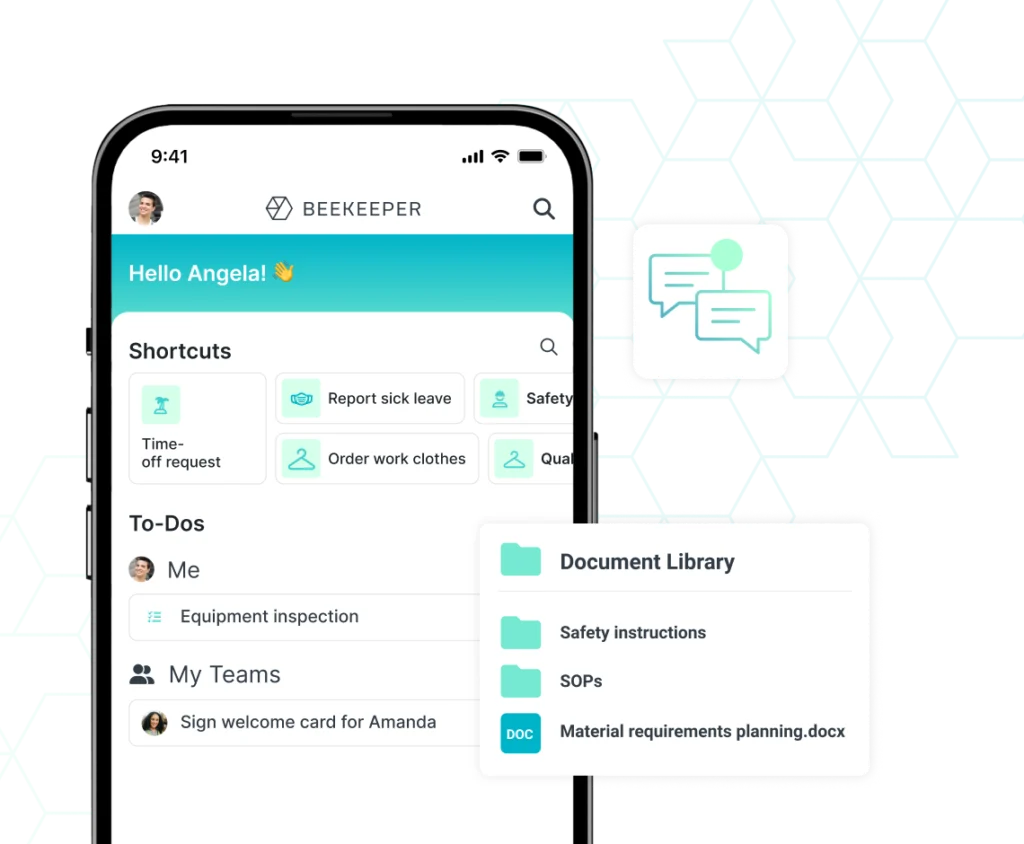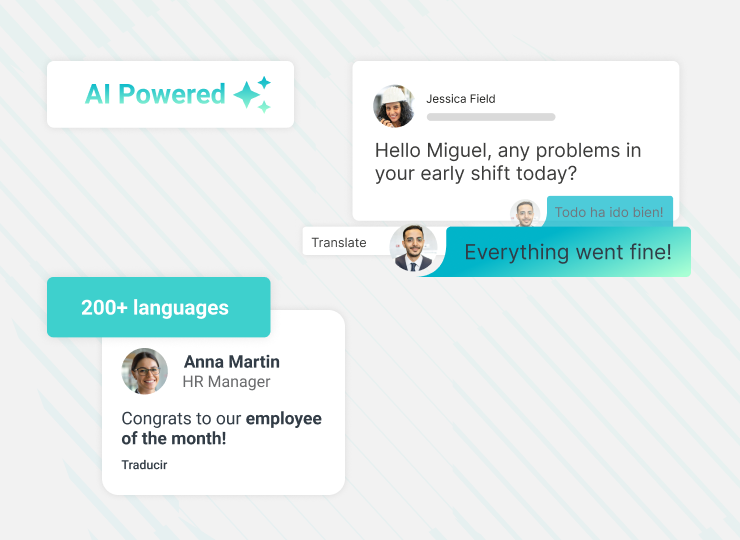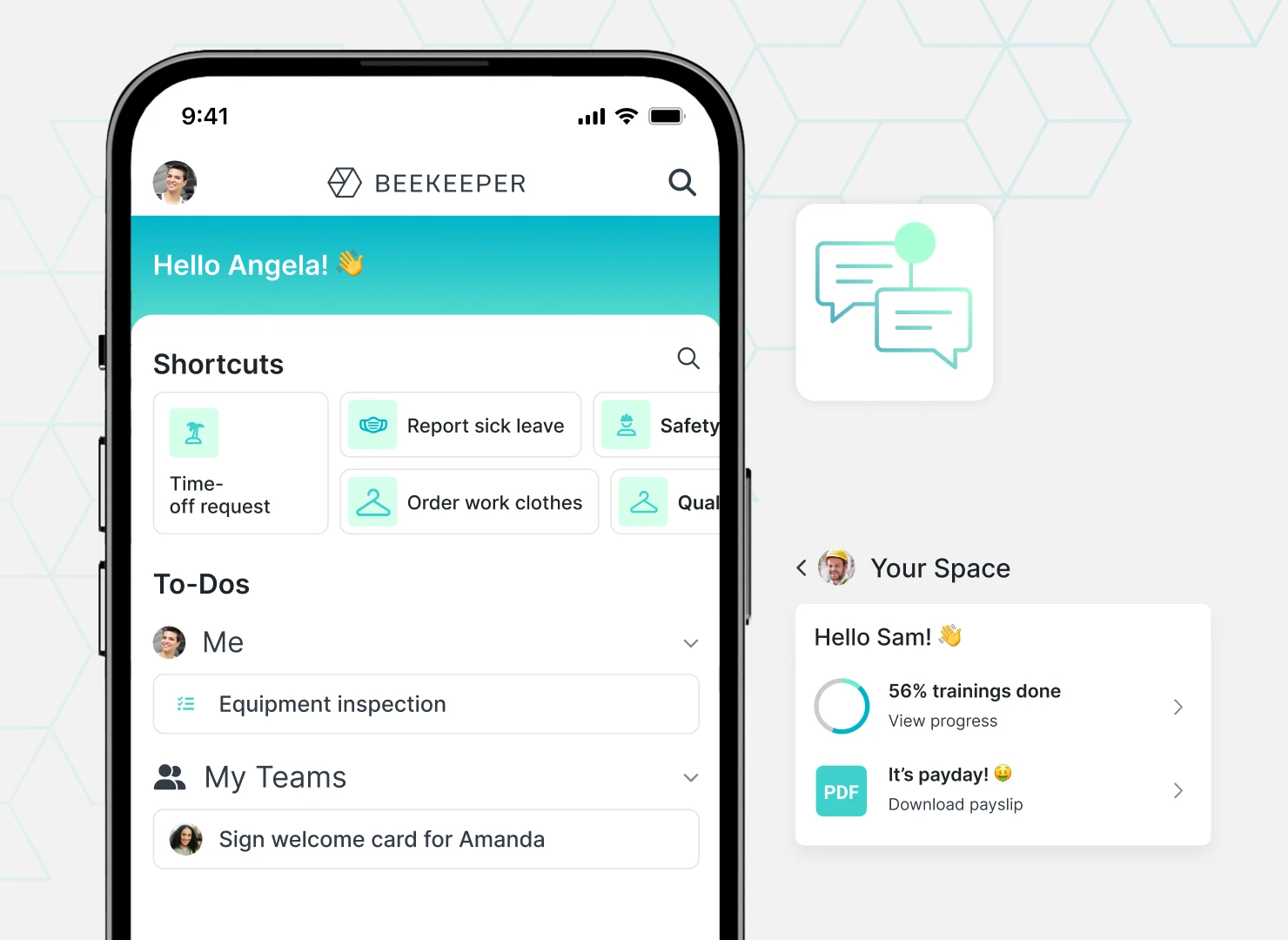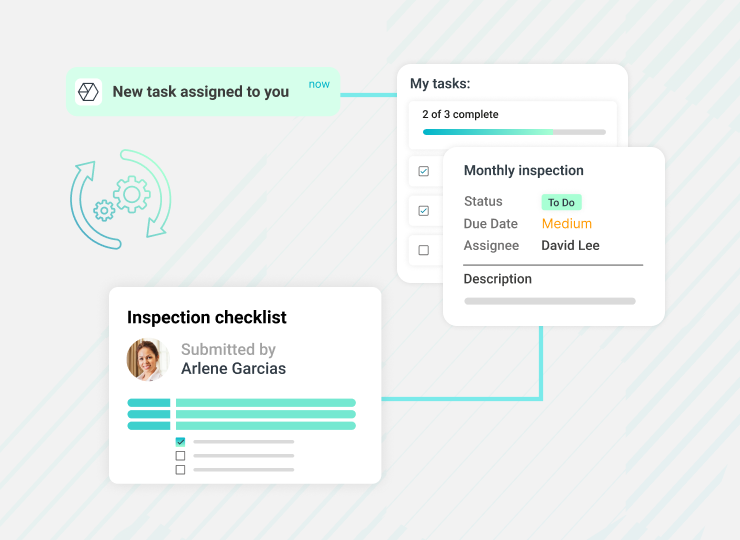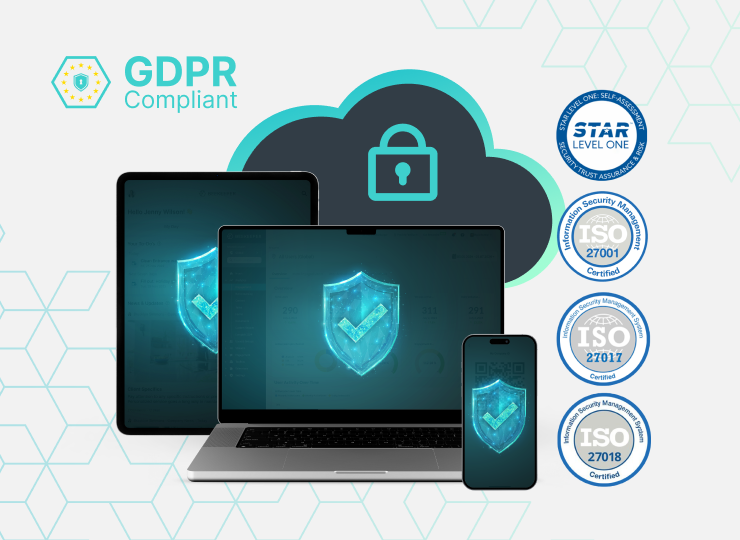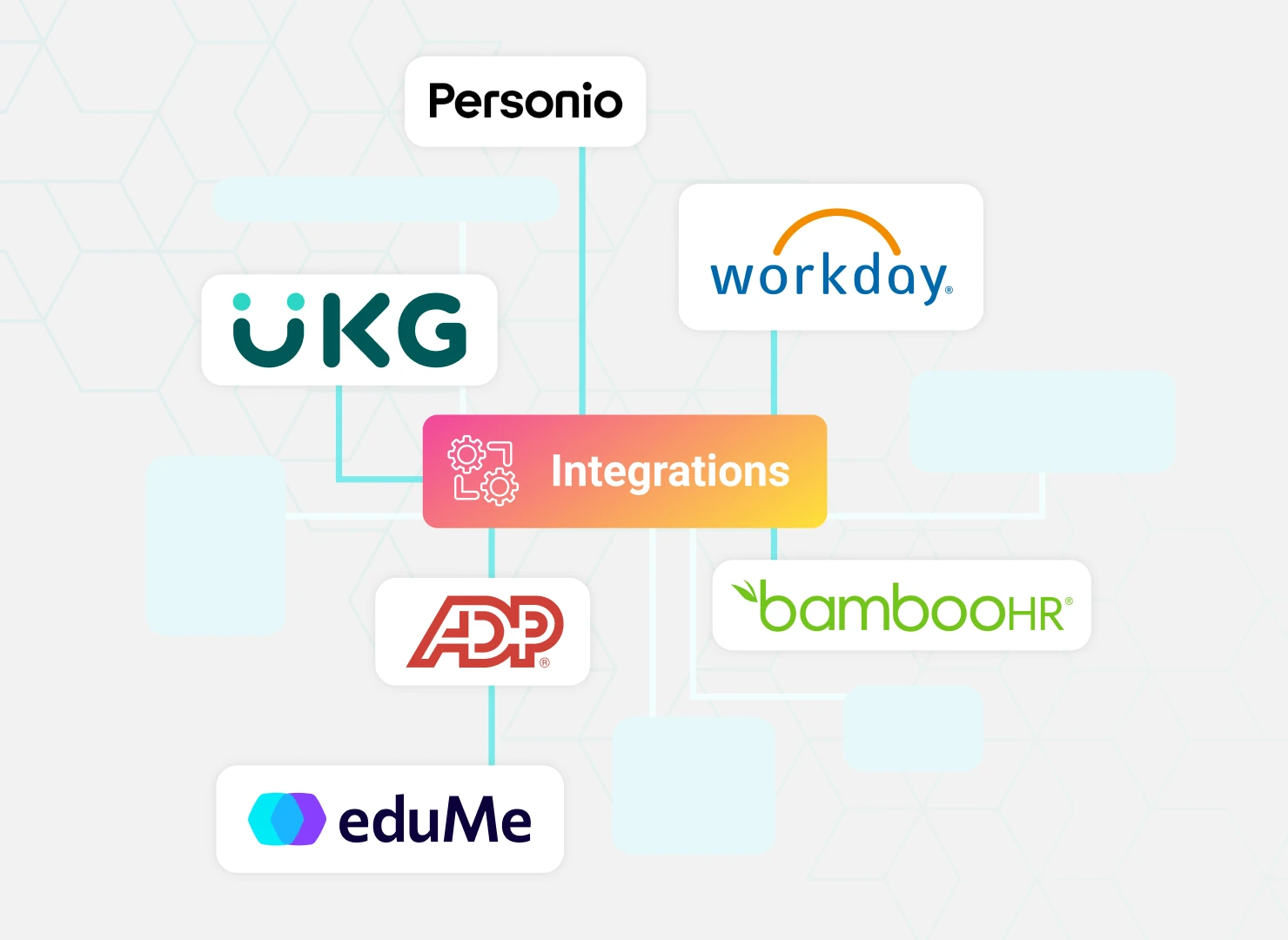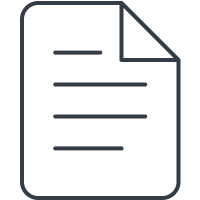Engage the frontline, elevate the business
Engage new hires from day one
Digitize the onboarding process to enhance the frontline experience. Automatically welcome new hires, send personalized check-in messages, 30-60-90 day tasks, and share essential resources.

Keep frontline workers connected

Build a culture that drives employee referrals

Create growth opportunities for employees


Build recognition, engagement, and appreciation for your frontline
Key resource
Fuel your frontline: A buyer’s guide for internal communications software
An in-depth look at Beekeeper’s features and the key factors you need to consider before deciding on an internal communication tool for your frontline team.

Explore more
Ready to get started with Beekeeper?
Join 1200+ companies transforming frontline work with Beekeeper. Start your journey today to make every task easier, every team stronger, and every shift smoother.
